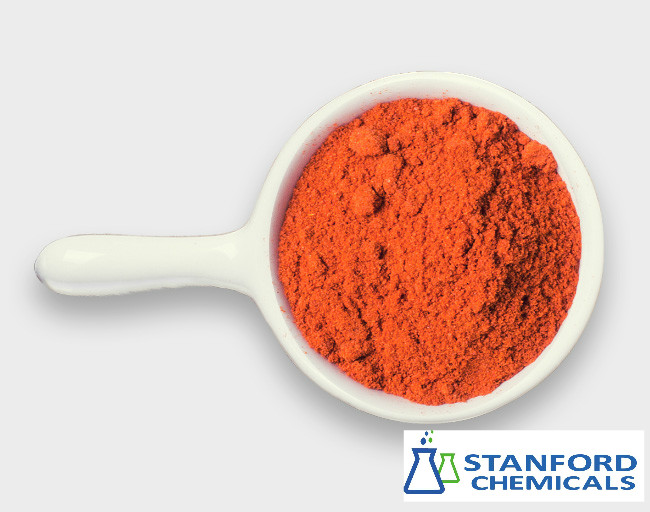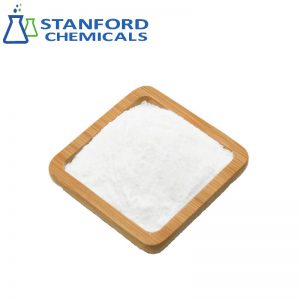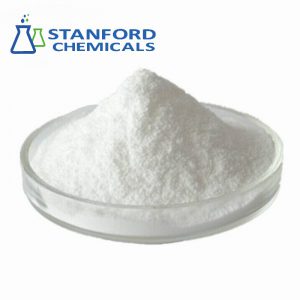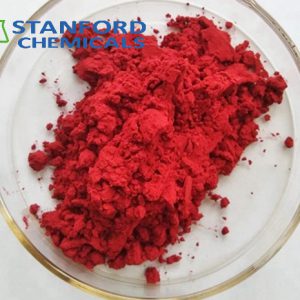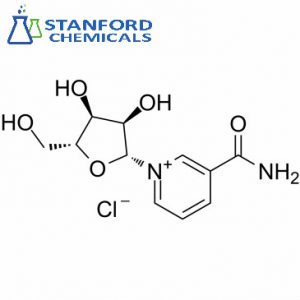- Home
- Foods and Nutraceuticals
- Zeaxanthin
Zeaxanthin
Zeaxanthin is one of the most common carotenoid alcohols found in nature.
| Chemical formula | C40H56O2 |
| CAS Number | 144-68-3 |
| Molar mass | 568.88 g/mol |
| Appearance | orange-red |
| Melting point | 215.5 °C |
| Solubility in water | insol. |
- Description
Description
Description
Zeaxanthin Description
Zeaxanthin is one of the most common carotenoid alcohols found in nature. It is important in the xanthophyll cycle. Synthesized in plants and some micro-organisms, it can protect eyesight, fight cancer, prevent cardiovascular disease,and reduce ultraviolet radiation.
| Chemical formula | C40H56O2 |
| CAS Number | 144-68-3 |
| Molar mass | 568.88 g/mol |
| Appearance | orange-red |
| Melting point | 215.5 °C |
| Solubility in water | insol. |
Zeaxanthin Benefits
1. Eye Protection (Core Function)
- Filters Blue Light, Protects the Retina: Zeaxanthin and lutein together form the macular pigment, which absorbs harmful high-energy blue light (e.g., from screens, sunlight), reducing oxidative damage and preventing macular degeneration (AMD).
- Prevents Age-Related Macular Degeneration (AMD): Studies show that adequate zeaxanthin intake lowers the risk of AMD, a leading cause of blindness in older adults.
- Reduces Eye Strain, Improves Visual Function: For people with prolonged screen exposure (computers, phones), zeaxanthin supplementation can alleviate dryness and fatigue while enhancing contrast sensitivity.
- Lowers Cataract Risk: Its antioxidant properties may delay lens clouding, reducing the likelihood of cataracts.
2. Antioxidant & Anti-Inflammatory Effects
- Acts as a potent antioxidant, neutralizing free radicals and reducing cellular oxidative damage, potentially slowing aging.
- Inhibits inflammatory markers, possibly benefiting chronic inflammatory conditions, e.g., cardiovascular diseases.
3. Skin Health
Limited research suggests zeaxanthin may enhance skin defense against UV rays, reducing photoaging.
4. Cognitive Protection
Preliminary studies link macular pigment density to cognitive function, possibly lowering neurodegenerative disease risks, e.g., Alzheimer’s.

